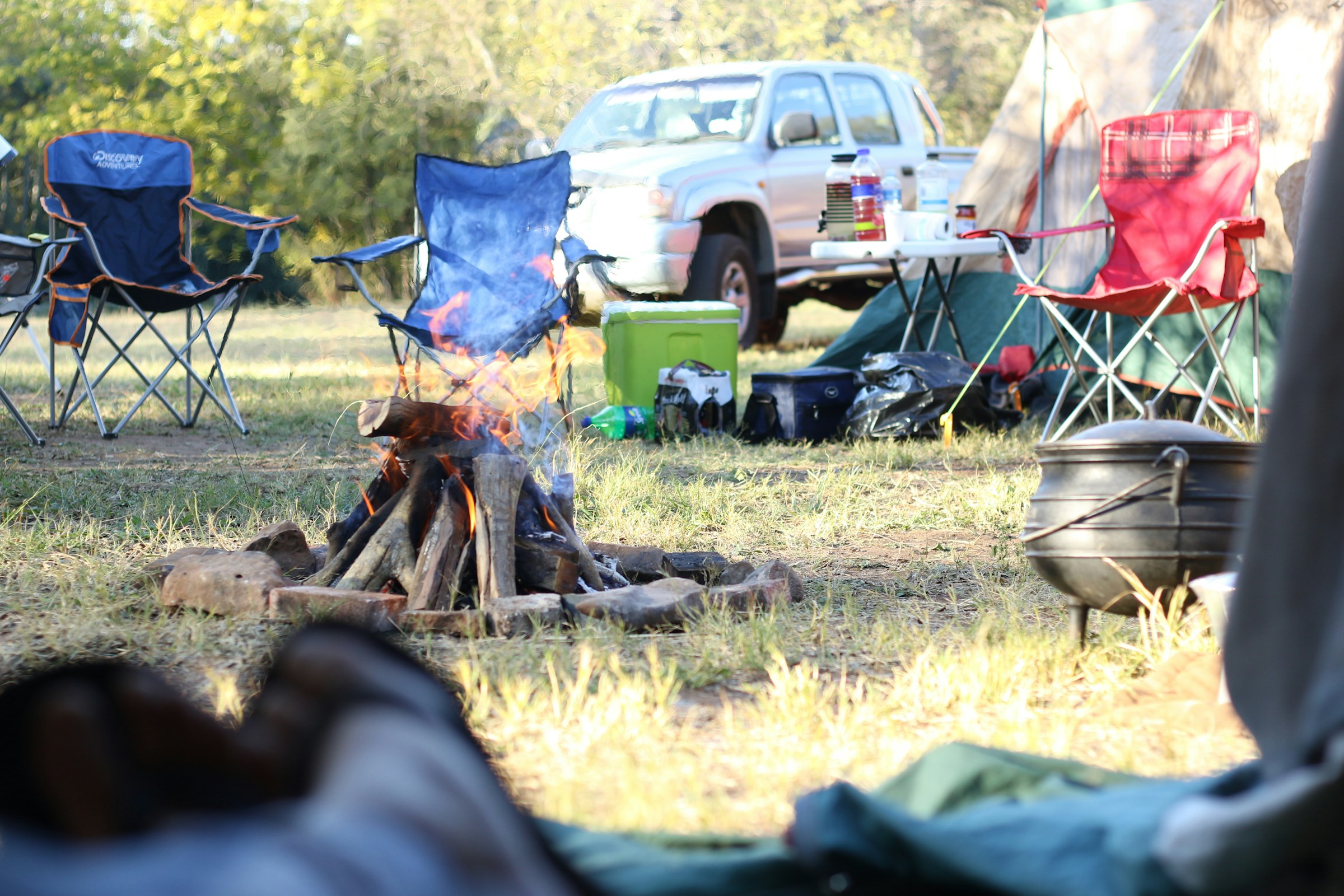Chalk streams are a rare and precious resource, hosting a unique and fragile ecosystem. In the UK, these streams are iconic in areas such as the Chilterns, North Downs, and South Downs. However, the increasing popularity of wild camping has put these natural resources under strain. If you’re among the many who enjoy the adventure and serenity of wild camping, it’s crucial to adopt practices that safeguard these environments. This article aims to furnish you with a comprehensive guide on how to ensure minimal environmental impact while camping near UK chalk streams.
Understanding the Fragility of Chalk Streams
Chalk streams are distinct due to their pure, alkaline waters which are perfect for a variety of wildlife, including the brown trout and water voles. These streams rely on groundwater from chalk aquifers, which means they are particularly sensitive to pollutants and changes in water levels.
This might interest you : What are the best UK campsites for exploring ancient woodland?
For wild campers, the responsibility is significant. People currently camping near these waterways need to be aware of their surroundings and the impact they might have. By understanding the delicate balance of these ecosystems, you can take meaningful steps to protect them.
Choosing the Right Spot for Wild Camping
Selecting a suitable location for your wild camp is the first step in ensuring minimal environmental impact. While the allure of setting up camp right next to a chalk stream is strong, it’s advisable to pitch your tent at least 50 meters away from the water. This distance helps to preserve the banks and prevents pollutants from entering the stream.
Also to read : How to find campsites in the UK that offer guided fishing trips?
Areas Where Wild Camping Is Allowed
In England and Wales, wild camping often requires permission from landowners. However, areas like Dartmoor National Park offer some leeway for wild campers. The Lake District also has designated areas where wild camping is tolerated. Always check with local authorities or the Environment Agency for the latest regulations.
Roadside Wild Camping: A Controversial Choice
Roadside wild camping is gaining popularity, but it comes with its own set of challenges. While convenient, it often leads to littering and increased human waste, which can significantly harm the environment. Therefore, it’s better to choose more secluded spots away from roads to mitigate these risks.
Leave No Trace: The Golden Rule of Wild Camping
The Leave No Trace philosophy is the cornerstone of responsible camping. Whether you’re camping in a sanctioned area or engaging in roadside wild camping, your goal should be to leave the place as pristine as you found it.
Human Waste Management
Proper disposal of human waste is critical. Always dig a small hole (known as a cathole) at least 15-20 cm deep and 50 meters away from any water source. Cover it well to avoid contamination. Also, pack out all toilet paper and hygiene products.
Avoiding Litter
Do not drop litter under any circumstances. Carry all your waste back with you, including biodegradable items like fruit peels and food scraps. These can attract wildlife and alter the local ecosystem.
Minimal Fire Impact
If you must make a fire, use a portable stove instead. Collecting firewood can damage the environment, and the remnants of a campfire can scar the landscape for years. If you do make a fire, ensure it’s small, contained, and completely extinguished before you leave.
Utilizing Public Transport to Reduce Carbon Footprint
Climate change is a pressing issue, and the carbon footprint of traveling to your wild camp site should not be overlooked. Using public transport wherever possible can drastically reduce your environmental impact.
Sustainable Travel Options
Many areas with chalk streams, like the Chilterns and South Downs, are accessible by train and bus. This not only cuts down on emissions but also reduces the wear and tear on local roads and minimized roadside wild camping issues.
Carpooling
If public transport is not an option, consider carpooling. This will cut down on the number of vehicles reaching delicate areas, thus reducing overall environmental strain.
Practicing Common Sense and Respecting Wildlife
Wild camping near chalk streams requires a high degree of common sense and respect for local wildlife. Keep noise levels down, particularly at night, as loud sounds can disturb animals and disrupt their natural behavior.
Observing and Not Disturbing
When camping, observe wildlife from a distance. Do not attempt to feed animals or interfere with their habitat. The presence of humans can be stressful for wildlife, leading to changes in behavior and ecology.
Protecting Plant Life
Be mindful of where you pitch your tent. Avoid setting up camp on delicate vegetation or wildflowers. Instead, choose durable surfaces like gravel or dry grass. This helps to prevent trampling and soil erosion.
Wild campers have a unique role to play in conservation efforts. By adhering to principles of minimal impact, such as proper waste disposal, avoiding litter, and respecting wildlife, you contribute to the preservation of these fragile ecosystems.
Understanding the fragility of chalk streams, choosing the right camping spot, using public transport, and practicing common sense are all steps that can make a significant difference. The responsibility lies with you to ensure that these beautiful natural resources remain unspoiled for future generations. When camping near UK chalk streams, remember to tread lightly and leave no trace.
In sum, your efforts to minimize environmental impact while wild camping are crucial for the sustainability of chalk streams. By integrating these practices into your camping routine, you can enjoy the natural beauty of these areas while ensuring their preservation. Respect nature, and it will continue to offer the tranquility and adventure that wild campers seek.











